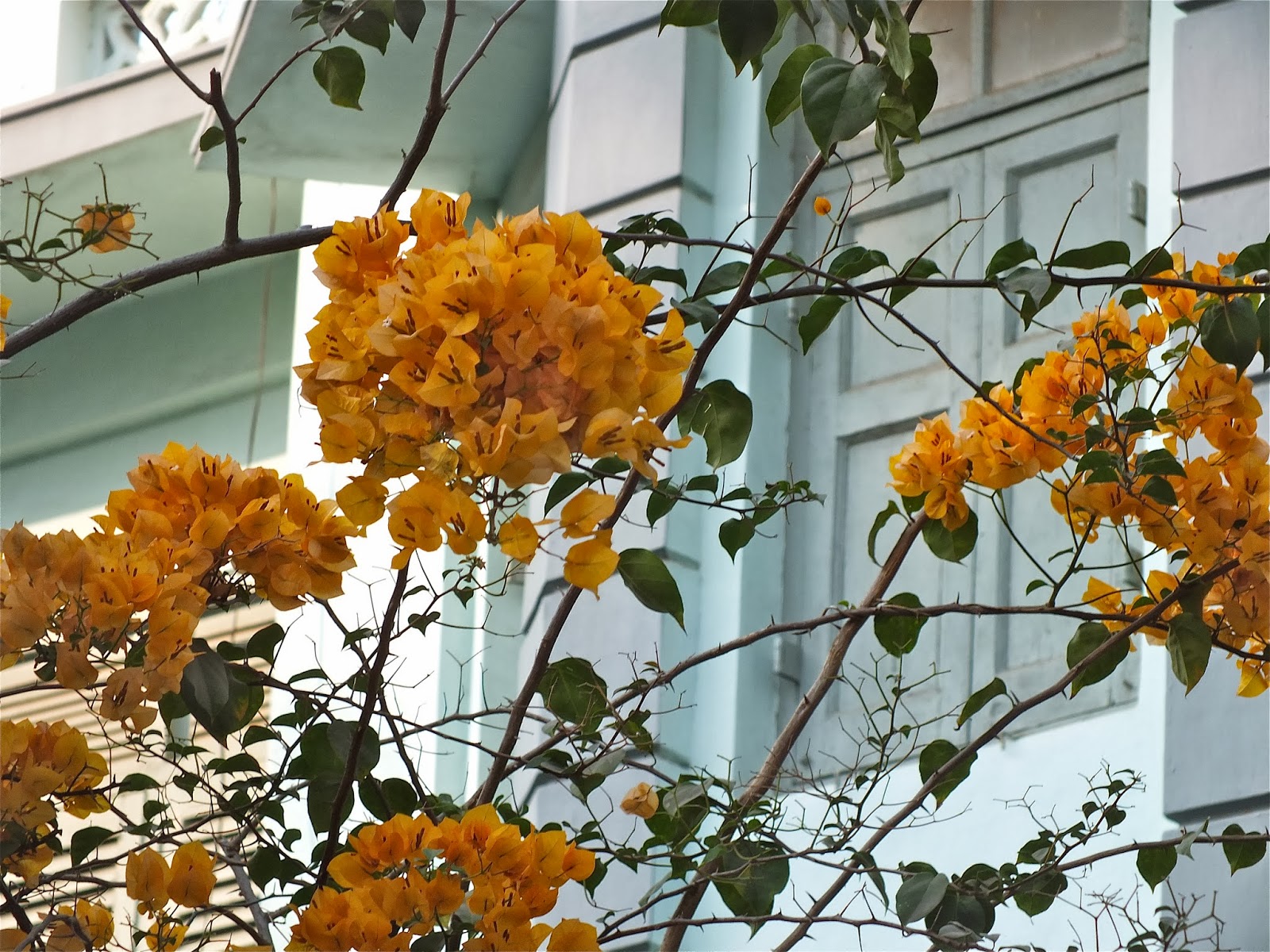The crowds were ten rows deep in places, crammed onto traffic islands, standing on every available surface, people carrying others on their shoulders, people at skyline level, giving every tall building a fringe of heads, jammed onto balconies, hanging out of windows, the immense crowd, standing shoulder to shoulder, was intent on one thing.....Hrithik Roshan, the Bollywood star !
Hrithik Roshan had come to Vadodara and was in the main street of the town, R.C. Dutt Road, to open a flagship jewelry shop in Gujarat, for the Indian Billionaire Entrepreneur from Kerala, Joy Alukkas, listed in the 'Forbes List' as one of the wealthiest men in the world. It's a Dubai based company, owing much of its success to expansion in the Middle East. Joy Alukkas, based in Kochi, is not worried by the low value of the rupee or the fall in the price of gold - everything comes right in time !
The focus of the huge crowd was on the stage in front of the new Joyalukkas shop, where Hrithik addressed the crowd, looking like a suave, modern day 'Elvis Presley' - balloons, confetti, red carpets, the booms of the TV cameras and the compere shouting to the crowd and whipping up their responses - the air fairly sizzled. The energy and adoration of the crowd focussed on this Bollywood icon, was palpable, as they strained to catch a glimpse of him. Even if they were too far back in the crowd for a view, they waved and cheered anyway, as the road, which had been closed to traffic, took on the appearance of a football stadium.
Hrithik, is the No 1 heartthrob of the Indian cinema screen, with a string of successful movies to his name. He's one of the most beautiful Bollywood actors in the business, with soulful eyes, aquiline features and thick dark hair - multi-talented, he's famous for his dancing and singing too. Apart from being the face of Joyalukkas Jewelry, he was in town to promote his new Sci-fi film, Krrish 3, produced by his film director father, where he plays the role of a 'spider-man' type, action hero with supernatural powers.
Timing is everything - opening a new jewelry shop and promoting a new movie, the weekend before Diwali, sounds like a match made in heaven !

















































